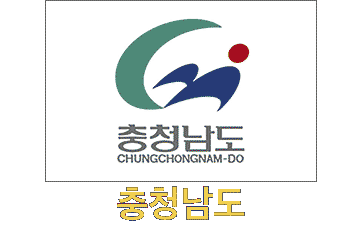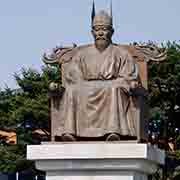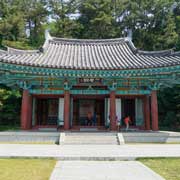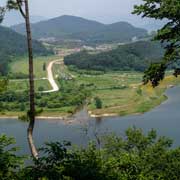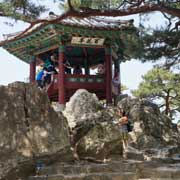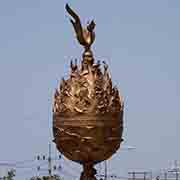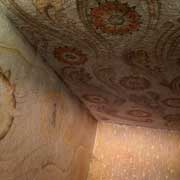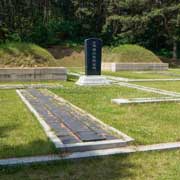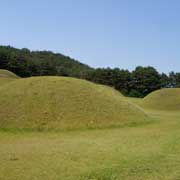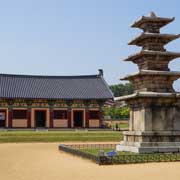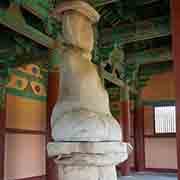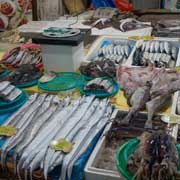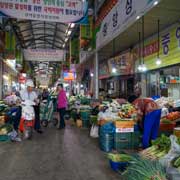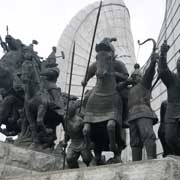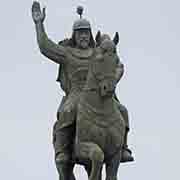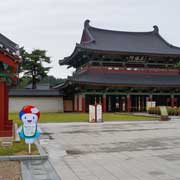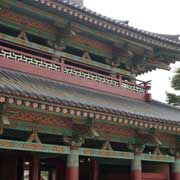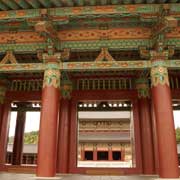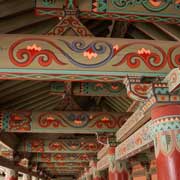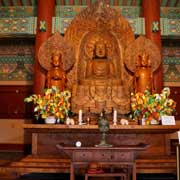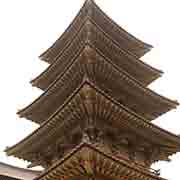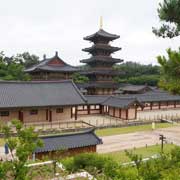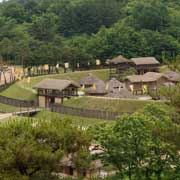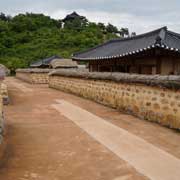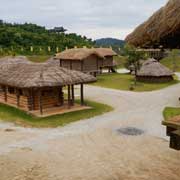Photos of Buyeo, South Chungcheong Province, Korea
Buyeo, South Chungcheong Province
The city of Buyeo, in Chungcheongnam-do (South Chungcheong Province), the centre-west of South Korea, was the site of the capital of the Baekje Kingdom from 538 to 660 CE when it was called Sabi. The kingdom of Baekje was founded in 18 BCE, but the city was moved here by King Seong from its former capital, nearby Gongju (then called Ungjin). There are many historical sites from this era in the county around the town. A giant statue of King Seong and a large model of the Baekje-era incense burner are displayed in Buyeo.
you may then send it as a postcard if you wish.
There are Baekje Royal Tombs in Neungsan-ri, close to town and Jeongnimsaji, a temple complex, with its original five-storied pagoda that survived the town’s sacking in 660 CE when it came to an end. Baekje was invaded by a force of 50,000 men from Silla, supported by 144,000 Tang Chinese soldiers; Gyebaek, with only 5,000 troops under his command, confronted them. Before entering the battlefield, Gyebaek reportedly killed his wife and children to prevent the thought of them influencing his actions or causing him to falter in battle. A large equestrian statue of him and a memorial to his 5,000 warriors commemorates the last battle to defend Baekje.
On the other side of the Baengmagang river is the Baekje Cultural Complex (Baekje Cultural Land), the reconstructed capital Sabi of the Baekje kingdom. It has beautifully decorated re-imagined and reconstructed halls, the Neungsa Temple of Sabigung, the Royal Palace, a large five-storied wooden pagoda, and a “Living Cultural Village” depicting how a village in the time of the Baekje kingdom could have looked. The complex was built over 17 years and is spread out well over three km².
